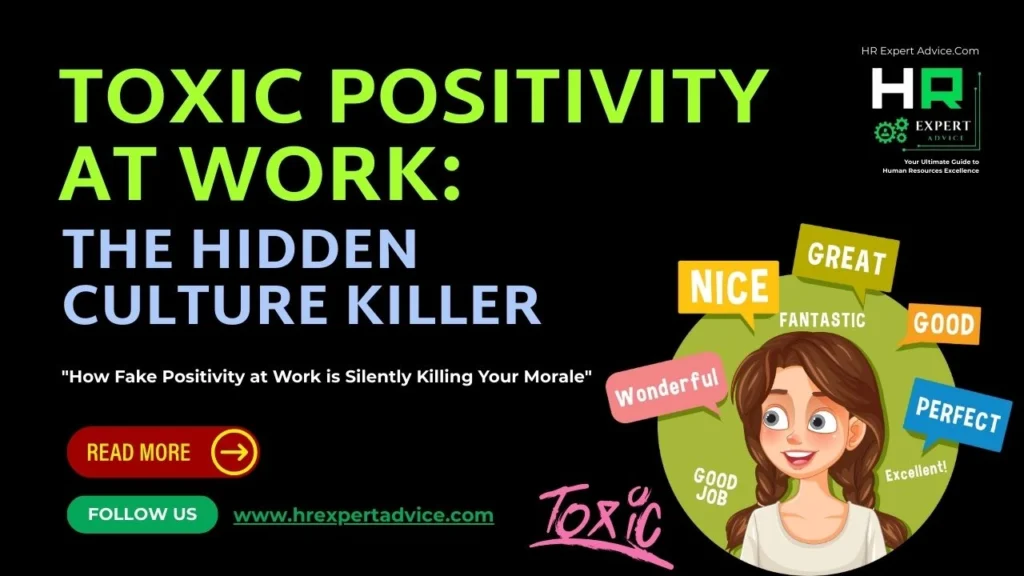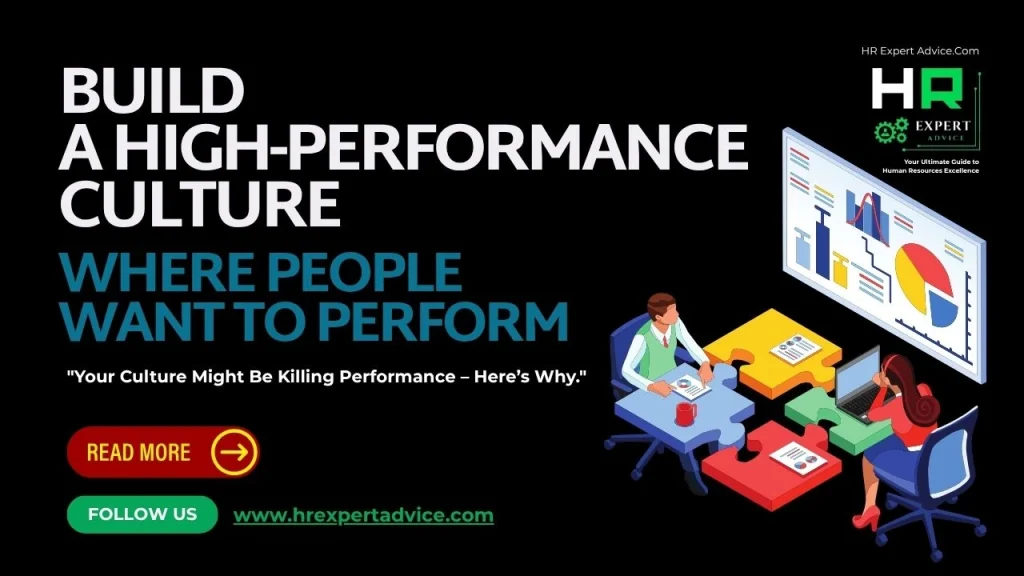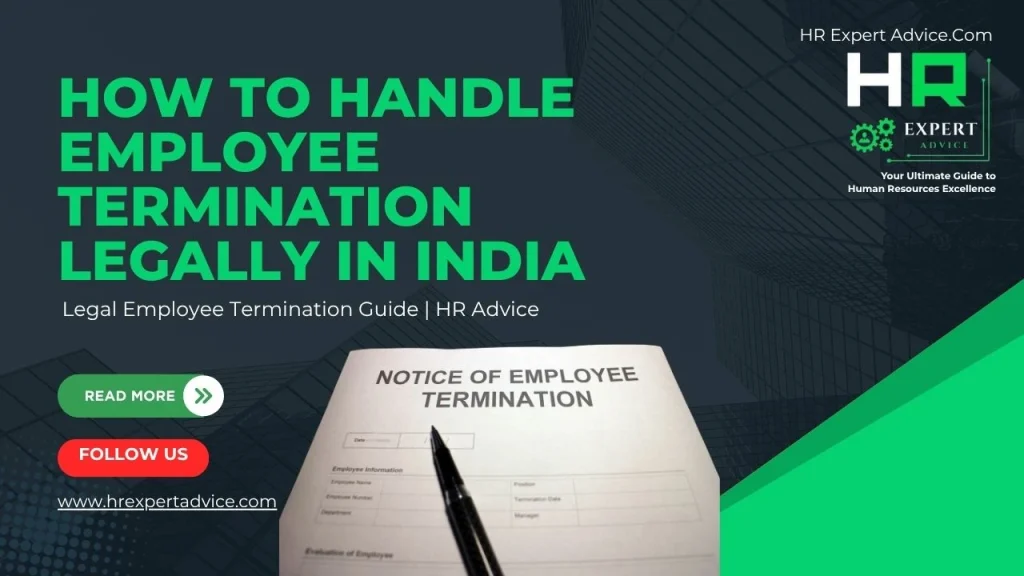Let’s Start with What No One Tells You Everyone loves to throw around terms like “high-performance culture”. It sounds important, forward-thinking… even a little glamorous. But here’s the truth that doesn’t make it into most corporate presentations: culture isn’t what you write in your handbook — it’s what happens when no one’s watching. It’s how people treat each other when things go wrong. It’s what your team says in private about leadership. It’s the feeling your employees carry home with them on a Friday evening. I’ve spent over three decades working with companies of all shapes and sizes. And I can tell you this: the organizations that thrive long-term aren’t always the ones with the biggest budgets or fanciest tech. They’re the ones where people genuinely want to show up and do their best. So if you’re ready to build that kind of place, let’s talk real, grounded strategy — no slogans, no fluff. 1. Define What High Performance Actually Looks Like for You Don’t copy-paste someone else’s version of excellence. High performance at a startup looks very different from what it means in a public sector office or a factory floor. You’ve got to sit down and answer this question honestly: What does great look like here? Is it about innovation and creativity? Reliability and precision? Customer delight? Team collaboration? Once you have that clarity, make sure everyone else does too. Involve your team in that conversation — not just the boardroom. When people help define the target, they’re far more invested in hitting it. 2. Hire People Who Actually Care You can teach software. You can’t teach heart. I’ve hired incredibly polished candidates who burned out quickly — and I’ve seen underdogs shine simply because they were driven, humble, and eager to grow. The real performers are the ones who show up with a mindset that says, “I want to do this well.” That mindset matters far more than ticking every box on a résumé. Ask questions in interviews that go beyond credentials. Find out how people handle tough feedback, how they respond when things go sideways, and whether they actually give a damn about the work they’re doing. 3. Trust People — and Then Get Out of Their Way This might sound basic, but it’s where so many companies trip. If you don’t trust someone to do the job, why did you hire them? Micromanagement doesn’t just kill creativity — it kills morale. People shrink when they’re watched too closely. They stop trying, stop suggesting, stop caring. So set clear goals. Provide the right tools. Then step back. Let your team surprise you with how capable they actually are. 4. Celebrate the Right Stuff Real recognition isn’t about plaques or “Employee of the Month” awards. It’s about noticing. Did someone help a colleague finish a project late into the evening? Did a new team member speak up with a brave idea? Did a quiet employee quietly solve a major issue? Those things matter. Celebrate them. Loudly and often. When people see that those behaviors are valued — not just hitting KPIs — they’ll repeat them. That’s how culture is built. 5. Make Learning a Part of Everyday Life The best-performing teams don’t always have all the answers. But they’re never afraid to ask questions. Create an environment where people feel safe saying, “I don’t know” — and excited to find out. Yes, offer training. But also build reflection into your weekly rhythm. Host peer-to-peer sessions. Encourage curiosity. Let people fail, reflect, and grow — without shame. That’s where real confidence comes from. 6. Lead with Integrity — Especially When It’s Inconvenient This is the hardest one, and the most important. Anyone can lead when things are smooth. But when it gets messy — layoffs, missed targets, a public mistake — that’s when culture is made or broken. If you say you care about transparency, be transparent during the crisis. If you say you respect balance, don’t quietly reward burnout. Your team watches everything. Say what you mean. Do what you say. And if you get it wrong, own it. That’s what earns respect — not perfection, but honesty. 7. Create a Culture Where It’s Safe to Speak Up If people are afraid to challenge a bad idea, you’ve got a performance ceiling already. High-performing cultures are built on trust and safety. People need to feel that they can question something, admit they’re unsure, or bring up a mistake — without fear of judgment or politics. Foster open conversations. Encourage healthy debate. Set the tone that respect doesn’t mean silence — it means listening well. 8. Align Your Systems with Your Values This is where a lot of well-meaning efforts fall flat. You say you value teamwork — but you only reward individual wins.You promote balance — but glorify the ones working 80-hour weeks.You encourage feedback — but ignore it when it stings. People will always believe your systems more than your words. Review your rewards, appraisals, leave policies, and meeting structures. Do they support the culture you claim to have? If not, change them. 9. Keep Listening, Keep Evolving Culture isn’t a campaign. It’s a practice. It lives in conversations, decisions, and how you show up on the tough days. Your team changes. The world changes. You’ll need to keep adjusting. Make time to ask your people what’s working — and what’s not. Be open to discomfort. Let your culture evolve naturally, not through forced slogans or shiny posters. Final Thoughts: Start With What You Can Control You don’t have to overhaul your company overnight. And you don’t need a perfect strategy to start. Just care — really care — about the kind of place you’re building. Pay attention to how people feel. Be the leader who listens, adapts, and owns your part of the culture. High-performance doesn’t happen by accident. But it does happen when the people at the center feel trusted, supported, and inspired. That’s in your control — today. Take one step. Have







